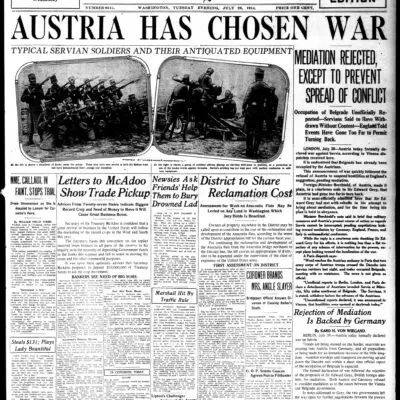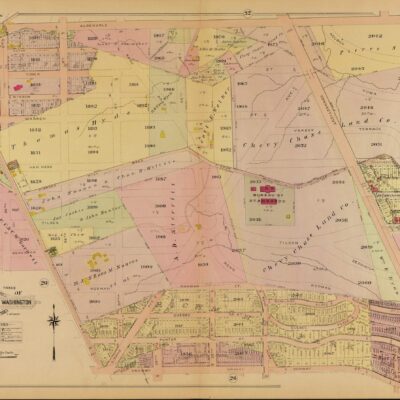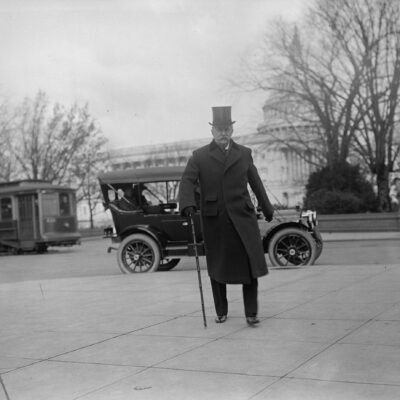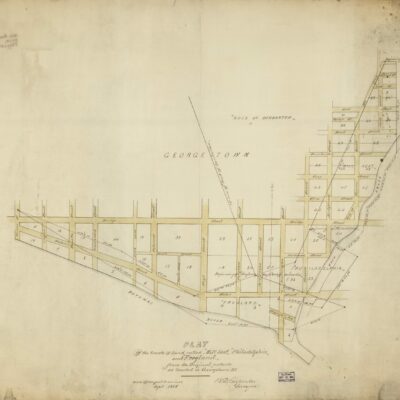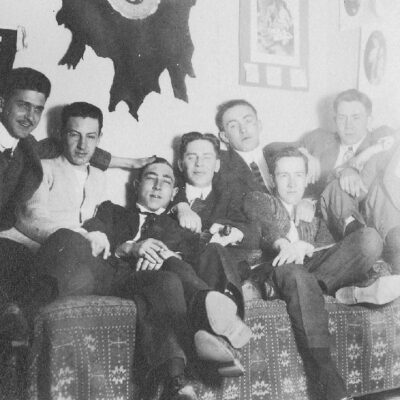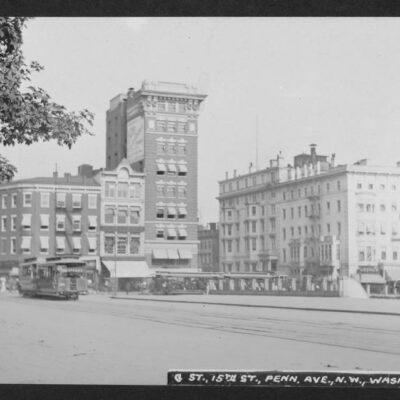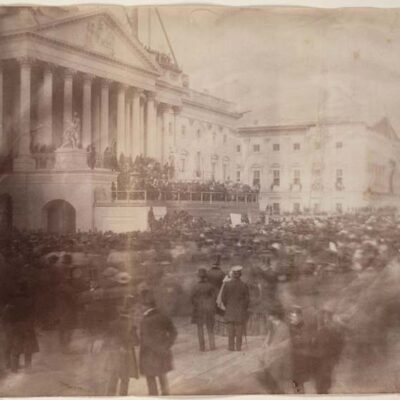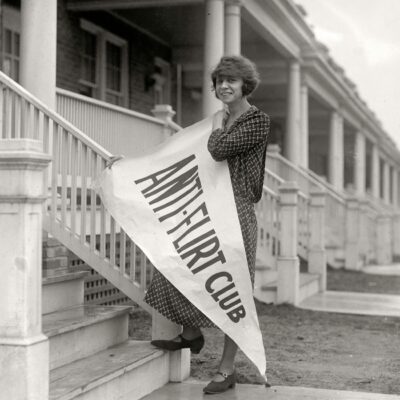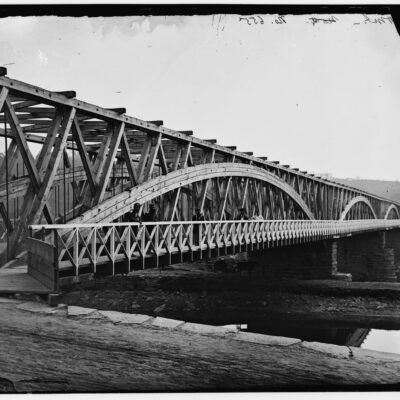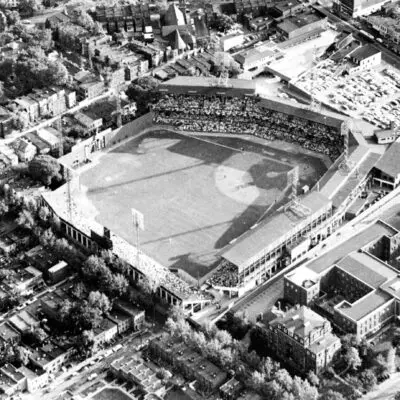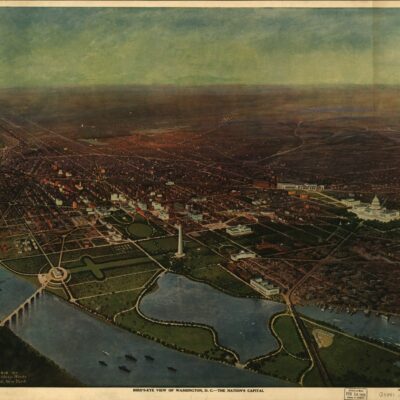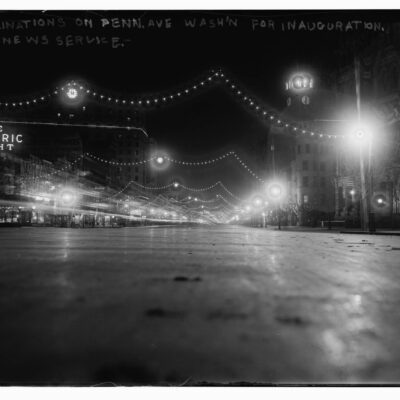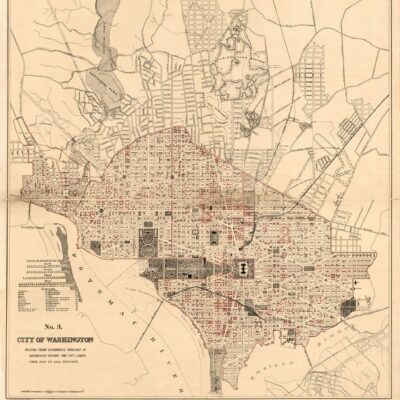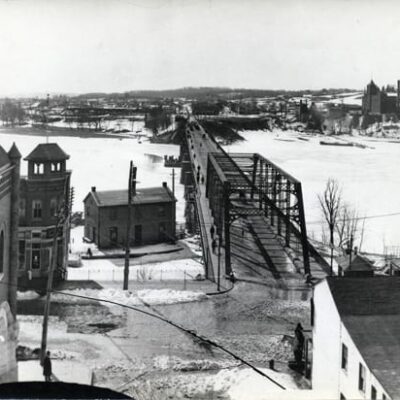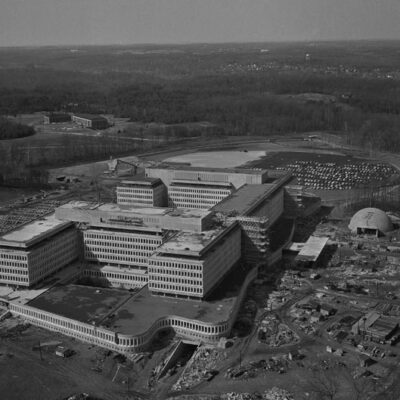Welcome to a captivating tale spun from the threads of architectural grandeur, vibrant cultural life, and the golden era of American cinema. I invite you to step back in time and explore the illustrious past of the Metropolitan Theater, a cornerstone of 20th-century entertainment in the nation’s capital.
This architectural marvel was the brainchild of Harry Crandall, a renowned figure in the movie theater business, who also owned the Lincoln Theatre, Knickerbocker Theatre, and Tivoli Theatre. Constructed in 1917 and designed by the brilliant architect Reginald W. Geare (who also lent his expertise to the Lincoln Theatre and the original Knickerbocker Theatre), the Metropolitan Theater opened its grand doors to an eager public on November 23, 1918, featuring Theda Bara in “Under Two Flags.”
As the roaring 1920s came around, the Metropolitan Theater adapted to the tastes of the times, replacing the original marquee with a larger one that partially obscured the arched window over the main entrance. A towering 60-foot tall vertical sign, audaciously piercing the pediment’s sculpture, was also added. In this era, the theater offered not just movies but a full array of live stage entertainment, even boasting a house orchestra. This was also the stage for the Washington premiere of “The Jazz Singer” in 1927, making it the first theater in the capital to show a “talking picture.”
Ownership of the theater changed hands in 1928, passing to the Warner Brothers chain, and remained under their control until the early 1950s, when it was sold to Harry Brandt. The subsequent decades saw the theater fighting to retain its audience in the face of changing times. Massive remodels were undertaken in 1954 and 1961, an effort to rejuvenate the venue’s appeal. However, these efforts couldn’t hold back the march of progress. The curtain fell for the last time on the Metropolitan Theater on January 3, 1966, with a final showing of Tony Curtis in “Boeing, Boeing.” The building, which once buzzed with the magic of cinema and stage, was razed to the ground in 1968.
The Metropolitan Theater’s journey mirrors the evolution of American entertainment, from silent films to talkies, from the excitement of live performances to the spectacle of modern cinema. It was a beacon of its times, a testament to the power of art, architecture, and the community it served. Although the physical structure is no more, the stories and experiences it hosted remain etched in the annals of history.
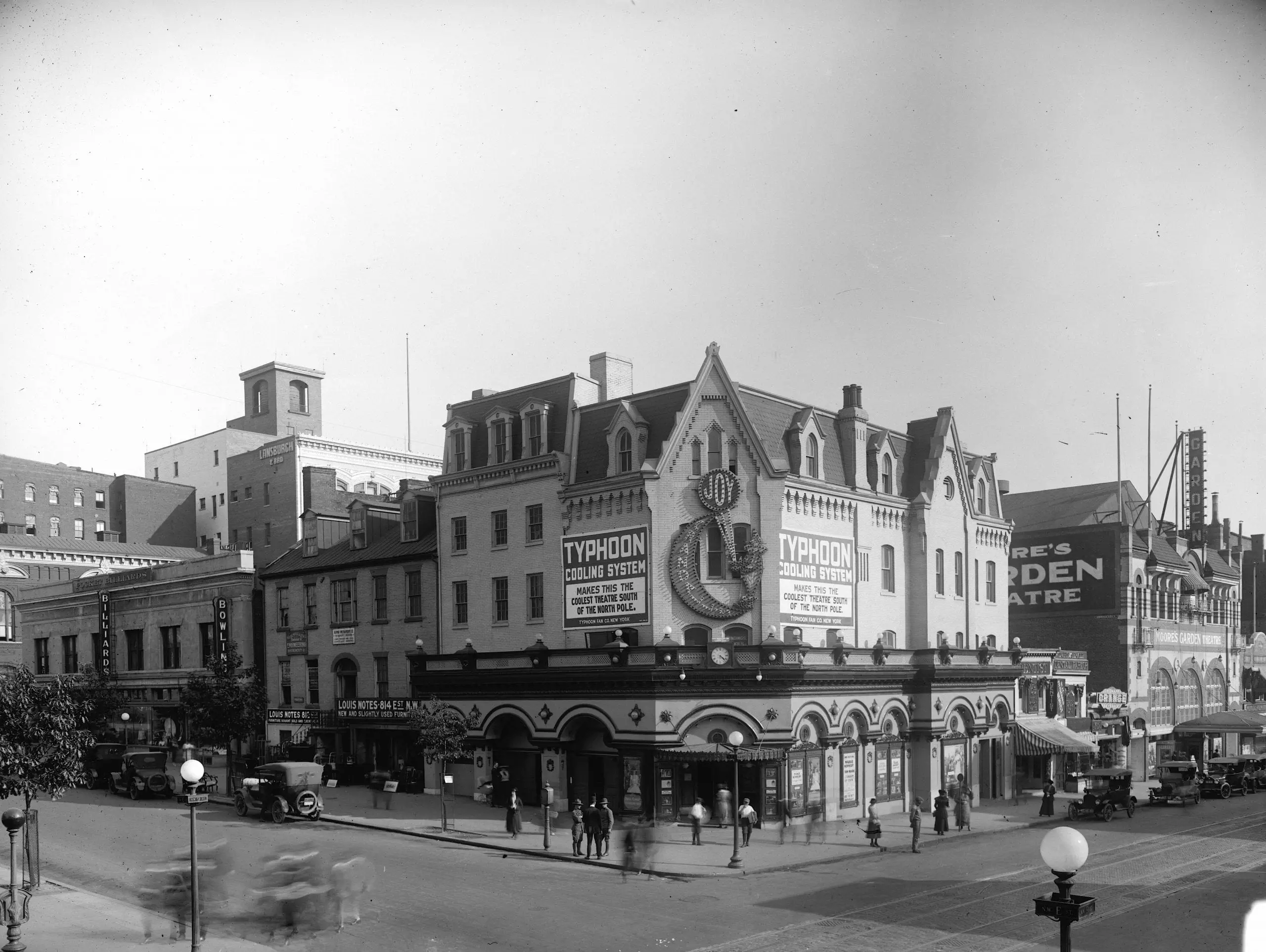
Source: Library of Congress

![Maps accompanying the report of the operations of the Engineer Department of the District of Columbia : for the fiscal year ended June 30, 1891 : [Washington D.C.] / compiled by Capt. W.T. Rossell, U.S. Eng'rs ; compiled by Capt. J.L. Lusk, U.S. Eng'rs.](https://ghostsofdc.org/wp-content/uploads/sites/7/2013/08/cs000001-400x400.jpg)
